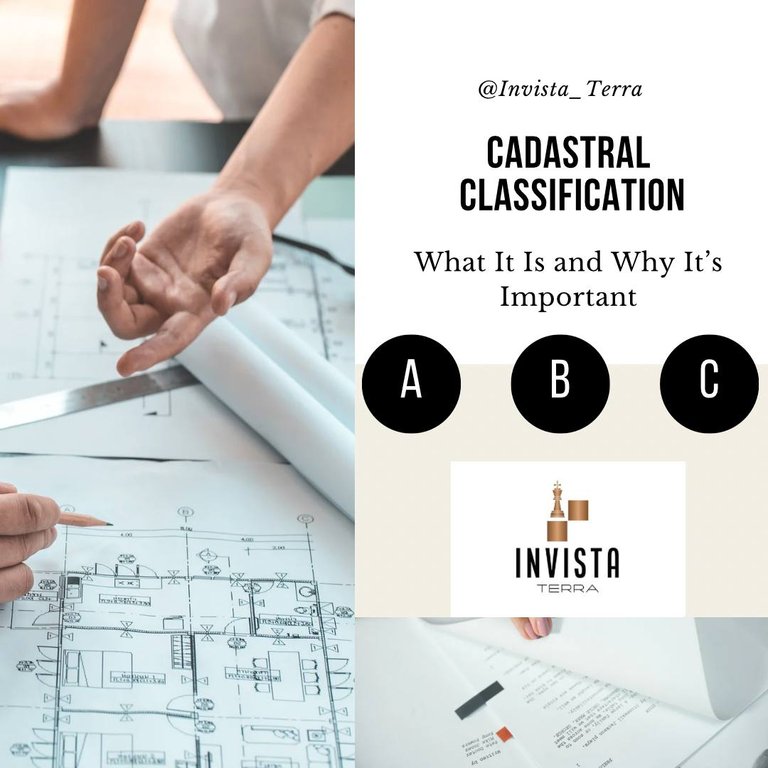
Every building in Italy has its own cadastral category (categoria catastale), which determines:
The intended use of the property.
Taxation.
Eligibility for certain programs, such as tax benefits.
This classification is regulated by Royal Decree 1142/1939 and subsequent amendments.
Main classification categories:
Group A:
Categories: A/1 (luxury housing), A/2 (standard housing), A/3 (economical housing), and others.
Purpose: Residential properties.
Feature: Categories vary by comfort level, location, and technical characteristics.
Group B:
Purpose: Social or public buildings (schools, libraries, barracks).
Group C:
Categories: Warehouses, garages, shops.
Group D:
Purpose: Commercial and industrial buildings (factories, hotels).
Group E:
Categories: Public facilities (train stations, terminals).
Group F:
Incomplete or unregistered properties.
Practical importance:
The cadastral category is important for:
🔸Calculating property tax (IMU) and other levies.
🔸Eligibility for government renovation programs or benefits.
🔸Verifying property details before buying or selling.
💡 Attention: If the category of a property does not match its actual use (e.g., an apartment is listed as a warehouse), it can affect the transaction or lead to fines.
Consider regional differences!
For example, in some regions, tax rates or additional charges may differ.
💡 Example from practice:
Recently, we helped a client change the cadastral category from C/2 (warehouse) to A/2 (residential). This not only legalized his home but also saved him €300 per year on taxes. However, the process is lengthy, complex, and requires patience.